After NASA produced a series of studies going back to the late 1980s, which stated that indoor plants might filter the air, people began to decorate their windowsills with plants.
We can only assume some wishful thinking took place back then. Researchers now estimate that a 1,500-square-foot house would require 680 plants in order for the foliage to really fight pollutants.
However, there are additional air-purifying and health-promoting properties of houseplants that don’t need a wall-to-wall jungle setup. Even a little quantity of vegetation may improve the quality of indoor air. So why not add some low-maintenance air purifying plants to your decor?
Why does indoor air quality matter?
If we’re sleeping or watching Netflix or working in an office, we spend roughly 90% of our waking hours inside. And since we spend so much time inside, we are subjected to contamination of the indoor air.
Causes of indoor air pollution
- furnishings
- carpet
- upholstery
- dry-cleaned clothing
- paint
- synthetic building materials
- cleaning products
- pesticides
- bacteria
- mold
- outdoor pollution that enters
Health benefits of air-purifying indoor plants
Despite the fact that it would take a stupidly large quantity of leaves to make a significant difference in VOC levels, houseplants may nevertheless help enhance the quality of your indoor air.
Indoor plants can
- reduce irritation to the eyes, ears, nose, and throat
- prevent or ease coughing and congestion
- lower your stress
- boost your attention capacity
Plants purify indoor air by lowering CO2 levels and increasing humidity. a Reliable Resource Additionally, they work as an air freshener that may help prevent or alleviate the irritation to the eyes and throats, as well as the respiratory system.
In addition to enhancing air quality, the presence of greenery has a calming effect on individuals. For example, interacting with your houseplants might help alleviate stress.
9 air-purifying indoor plants to pot
Many houseplants, however scary to people without a green thumb or unwilling to make a long-term commitment, are really rather simple to take care of. It would take a lot of effort to kill one of these plants.
If you don’t know how much sunshine and water your plant need, check the tag that comes with it or research online for information. We’ve compiled a list of 9 air purifying plants that are almost impenetrable.
1. Garden Mum

Autumn is a popular time to buy mums because of their colorful blossoms and low price tag. As a bonus, they’re wonderful for mingling with other plants since they’ll periodically need deadheading (the pinching off of spent flowers).
In an area with fewer than 10 hours of sunshine, put them on display. Keep these plants out of the reach of your dogs. Once the threat of frost has passed, you may put them on the ground outdoors in the springtime.
2. Spider Plant
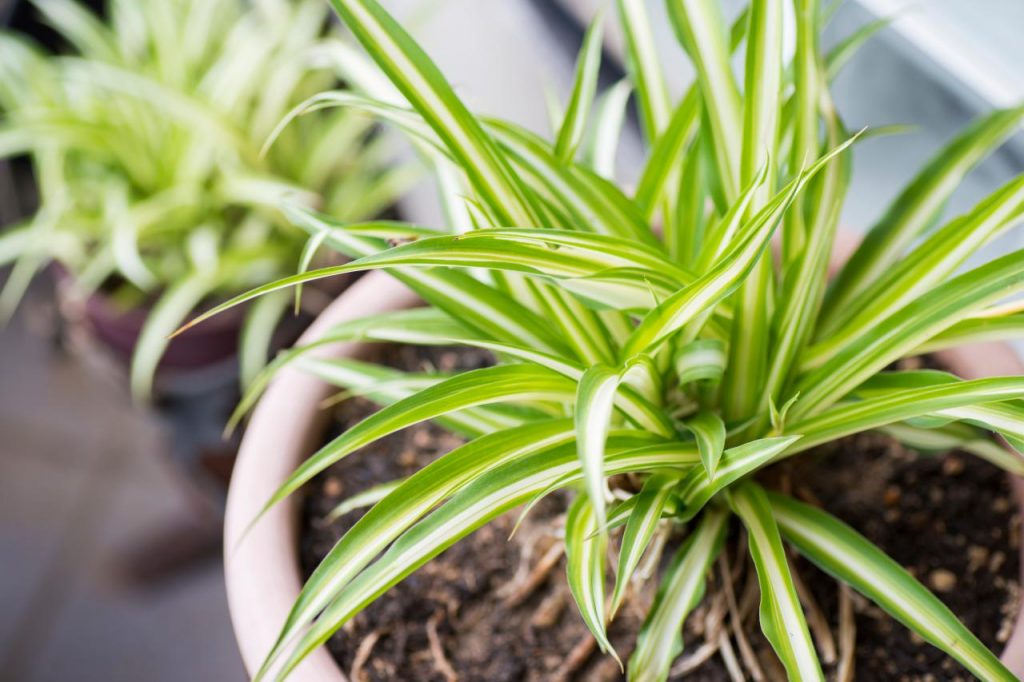
When it comes to air-purifying indoor plants that are easy to care for, spider plants are among the best options. As a result of their preference for bright, indirect sunlight, spider plants produce shoots that ultimately produce spiderettes or young plants.
While still linked to the mother plant, the babies may be placed in their own soil-filled container. Afterward, cut them off with a pair of shears. You may either give them to friends or use them to spruce up the plants in your own home.
3. Dracaena
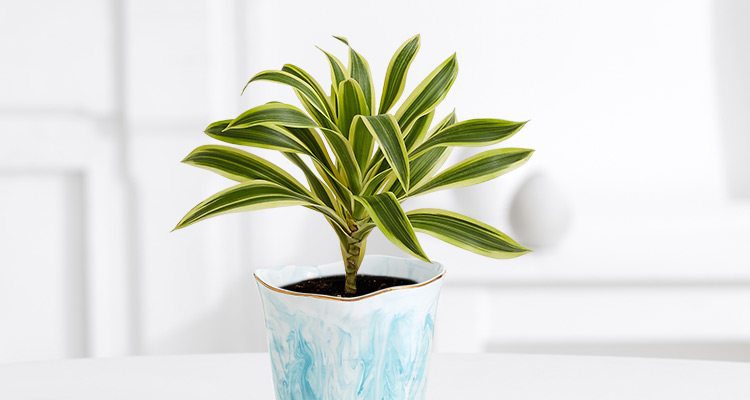
Draceana plants come in more than 40 distinct varieties, so you’re sure to discover one that’s appropriate for your workplace or home. Cats and dogs may be poisoned if they eat certain plants, so pet owners may want to go elsewhere.
A three-foot-tall Draceana plant requires a huge container and a lot of room. Instead of watering, they want to be misted.
4. Ficus/Weeping Fig

In its native Southeast Asia and portions of Australia, the ficus is a kind of tree. Even when grown inside, it may grow to a height of 10 feet. Allow the soil to dry out between waterings for this low-maintenance beauty to thrive.
This houseplant may be brought outdoors to brighten up your porch or patio when the temperature rises above freezing.
5. Peace Lily
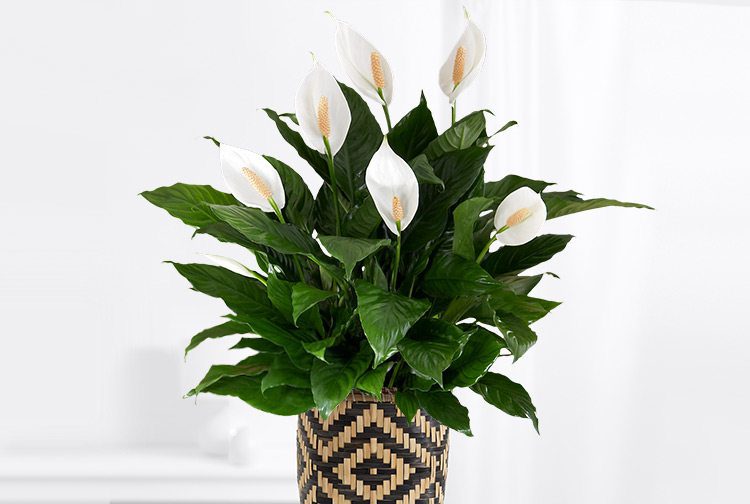
Due to their tiny size in comparison to other plants on our list, peace lilies are an excellent choice for small gardens. Keep peace lilies wet without overwatering in a shaded location. Despite their ease of cultivation, these plants will produce fruit and flowers for much of the summer.
It’s important to keep in mind that peace lilies produce pollen and flowery smells. When eaten by children or dogs, peace lilies pose a risk of poisoning.
6. Boston Fern
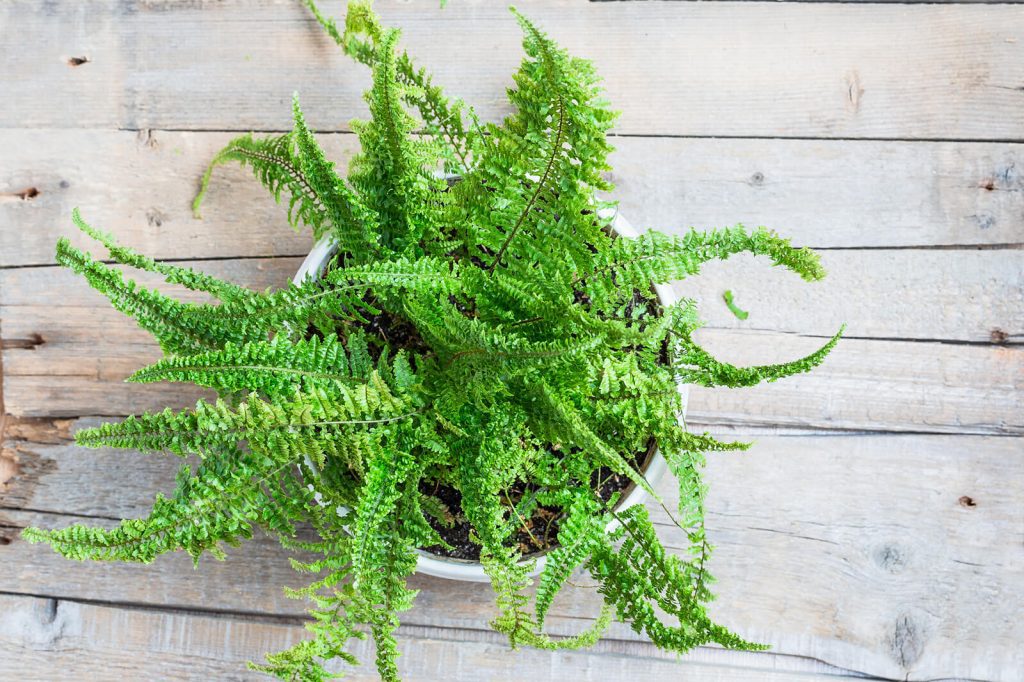
A chilly, damp, and indirect light environment is ideal for this kind of plant. They’re simple to cultivate, but you have to make sure they’re kept wet. Every day, check the soil of your Boston fern to determine if it needs water, and once a month, give it a nice bath.
7. Snake Plant/Mother-in-Law’s Tongue
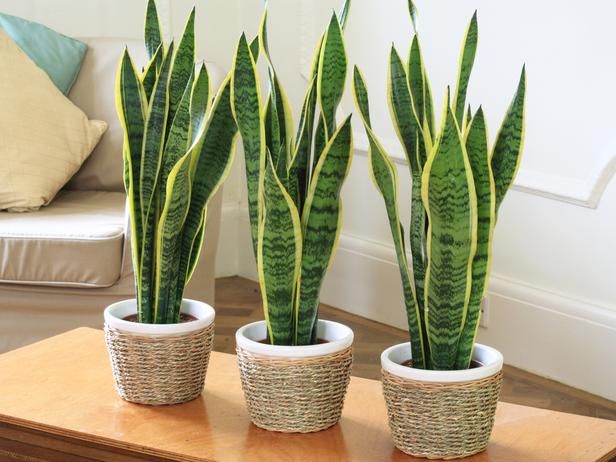
There aren’t many houseplants that can take a beating like this. Despite the fact that it does need some watering, it loves drier climates. A snake plant is a great option for any space since it is tolerant of a wide range of light levels.
8. Bamboo Palm

In a well-lit area free from chilly drafts, palms grow. Although they may grow to a height of 12 feet and provide a lot of greenery for your yard, they are slow-growing. Repotting your bamboo palm into a bigger container should wait at least three years.
9. Aloe Vera
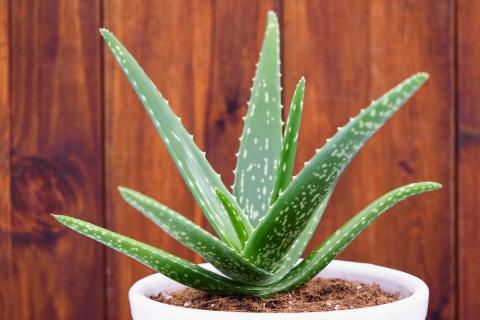
Aside from being simple to maintain, aloe vera has a number of health benefits. Vitamins, enzymes, amino acids, and other substances found in the plant’s leaves have wound-healing, antimicrobial, and anti-inflammatory qualities.
Quick burn treatment may be provided by keeping this plant in your kitchen window. Breaking apart a leaf is all you need to get your hands on that gunk.
Repotting your indoor plants
Your plant may be simply transplanted even if it doesn’t come in a beautiful container or if it has outgrown its previous pot. Choose a clay pot and organic soil to prevent contaminating the air in your home.
Your plant’s health and ability to thrive in its new container will be greatly improved if you fully water it in its current pot before transferring. Using a pair of scissors, remove any roots that may be emerging from the drainage openings. The easiest way to remove a plant is to turn it upside down and gently slide it out of the ground rather than pull it out.
Repotting pointers
- Choose a pot with a diameter at least one inch bigger than the preceding container.
- Cover the drainage holes with a coffee filter or piece of paper.
- A few inches of soil should be added to the bottom of a new pot before planting.
- Remove the plant from its container and set it somewhere else.
- Roots that have grown outside of the root ball should be pruned to encourage development.
- Plant it in the new container.
- Add more dirt to the sides of the root ball until it is level with the top of the plant.
- Water it again.
The future of air-purifying indoor plants
Scientists have invented a houseplant that can help purify the air in your home, but they can’t take the place of good ventilation and healthy indoor air quality. Pathos ivy was genetically modified and then tested against chloroform and benzene. These two typical contaminants were put in a glass chamber with the plant. Over the course of three days, the chloroform concentration declined by 82%, whereas the benzene concentration dropped by 75% in eight days.
Researchers in the United States are presently seeking clearance from the Department of Agriculture for the sale of this strong air-purifying plant in Canada. There are a number of houseplants that may provide some relief in the meantime, including the above-mentioned pathos ivy and the unaltered variety.




